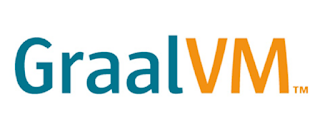Kaf: useful kafka cli

Kafka is the leading distributed Log OSS solution. It is great to inject large amounts of data and is used by many companies nowadays. Kafka is used in many use cases like Data Injection, Stream/Batch processing, Microservices CQRS, and ES and many others. Some years ago a showed how to get started with Kafka . Now I want to share a pretty useful and simple tool called Kaf . Kaf is written in Go language and was inspired by Docker and Kubectl. Today I will how to download and use Kaf. Have fun.






